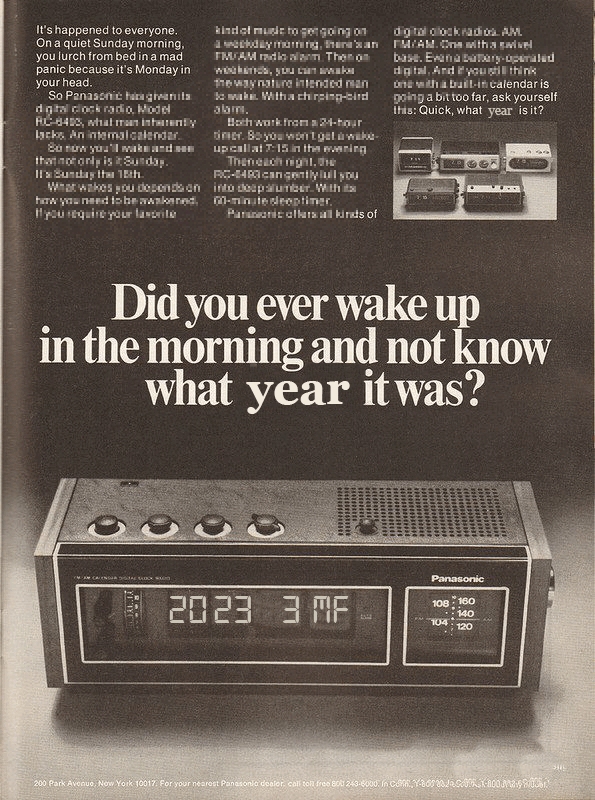Advanced manufacturing technologies have transformed industries, making it essential to adopt modern file formats that can keep up with the pace of innovation. Outdated formats, like the Standard Tessellation Language (STL), developed in the 1980s, are no longer suitable for the needs of cutting-edge manufacturing processes.
You do not wake up to a flip-clock radio, to FAX work instructions to your suppliers or record company presentations with BetaMax, so why would you use 80s technology to store and communicate your most advanced manufacturing applications?”
The 3D Manufacturing Format (3MF) offers a contemporary solution for storing and communicating data in additive manufacturing.

Limitations of Outdated Formats
The STL format, once a standard in the industry, has become increasingly insufficient for the demands of advanced manufacturing. Its representation of 3D models through a collection of triangular facets often results in large file sizes and reduced accuracy. Additionally, STL lacks support for essential information such as machine and material properties, lattice structures and volumetric information. This limitation hinders the full utilization of modern 3D printers capable of handling multiple parameters and complex designs.
The Advantages of 3MF
In response to the limitations of STL, the 3D Manufacturing Format (3MF) was developed as a modern solution for additive manufacturing. 3MF addresses the shortcomings of older formats by providing higher accuracy, efficiency, and interoperability between different systems. Furthermore, it supports rich information such as color, material properties, and internal structures, enabling seamless communication and collaboration between design and production teams.
All leading software and hardware now use 3MF for AM data storage and communication, it is time for you to use 3MF too.
The 3MF Compatibility Matrix lists all 3MF Compatible Software, Hardware and Services.

